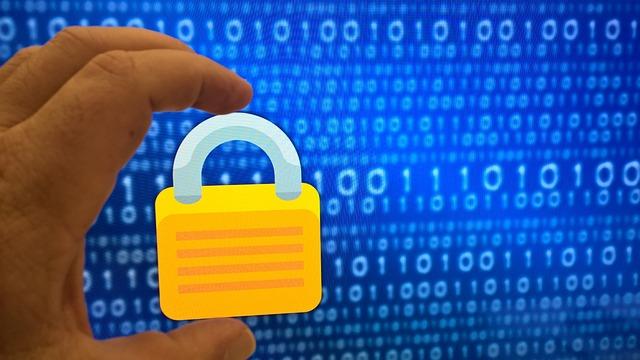4 modern GRC objectives for IT and digital security

Photo by webandi on Pixabay
Opinions expressed by Digital Journal contributors are their own.
In the fast-paced world of IT and digital security, organizations face various risks that continue to evolve, which pose new challenges for those wanting to safeguard business-critical data. Governance, Risk, and Compliance (GRC) frameworks have become crucial tools for organizations wanting to navigate this world of uncertainty with confidence and peace of mind. This article will look at four key GRC objectives for modern organizations seeking to implement a robust and compliant digital security strategy.
Establishing robust governance
At the base of any effective GRC strategy is the intention to connect IT and digital security to protect the organization from a governance standpoint. Governance refers to the policies, processes, and controls that are pivotal to the company, guiding its direction and influencing its decisions. In the context of IT, a robust governance framework should ensure that organizational objectives and strategy are aligned, paying close attention to the relevant rules and regulations imposed by legal and advisory bodies.
Those responsible for sound governance must pay attention to the roles and responsibilities of internal stakeholders, as well as any external partners. When it comes to SAP security, having designated stakeholders who are responsible for specific tasks is essential protection. A key part of this stage is clearly defining who is responsible for digital security, data protection, and regulatory compliance.
By defining these roles, there should be an added layer of accountability, which will help ensure that IT and digital security are given the attention they deserve. This also provides that should an accident happen, it should be easier to find the person(s) who can respond most effectively.
Proactive risk management
With IT being an ever-changing beast and digital security rarely a straightforward task, organizations should work proactively to identify and mitigate risk. Risk management is a fundamental aspect of GRC and should be a core objective for any organization wanting to understand potential internal threats better and address any potential vulnerabilities.
Organizations should undertake regular risk assessments to effectively manage risk and consider internal and external threats.
A key part of this stage will be to evaluate the state of the current IT systems, assess how a data breach could happen, and identify what vulnerabilities should be prioritized to reduce this risk.
Ensuring regulatory compliance
Compliance is a central cog in the GRC machine and is related to the relevant laws and regulations relating to IT and digital security. Industry regulations change fast, and new rules are often released and acted upon with immediate effect, which is why a sound understanding of the required compliance is vital.
If an organization fails to comply with these laws and regulations, the organization could receive harsh punishments, including legal actions, financial penalties, and brand damage.
Internal stakeholders should comprehensively understand the latest legal requirements for the organization’s industry. This can be done by staying informed about changes in legislation, relating this legislation to one’s organization, and then implementing any necessary measures.
Integration of technology
As we become more reliant on technology, we should remember how pivotal GRC is, even if it is only sometimes apparent. By integrating technology, organizations can streamline processes, improve visibility, and react to market or workplace changes quickly and confidently.
GRC software solutions can help manage governance, risk, and compliance activities. These tools often relate to policy management, risk assessment, compliance tracking, and reporting, so by automating these processes, organizations can reduce the likelihood of human-guided errors and improve efficiency.
Organizations should also prioritize regularly monitoring IT systems and networks to detect anomalies and potential security incidents in real-time, allowing them to avoid potential issues before they become problematic. A more proactive approach will enable organizations to respond quicker and take direct action to reduce the impact of security breaches.
Understanding GRC
Any organization operating in the IT or digital security world needs to prioritize Governance, Risk, and Compliance (GRC) as fundamental to any potential strategies or internal changes. By taking internal governance seriously and implementing a robust framework, a proactive approach to risk management should be more accessible, which will help ensure regulatory compliance. Implementing a GRC framework is more than just a one-and-done task. It is an ongoing process that evolves with changes in the industry. With technology, organizations can navigate the fast-moving digital landscape with relative peace of mind.
4 modern GRC objectives for IT and digital security
#modern #GRC #objectives #digital #security




